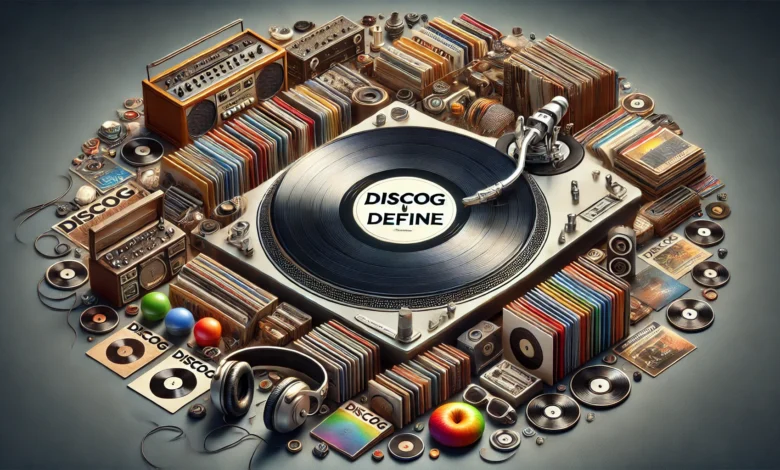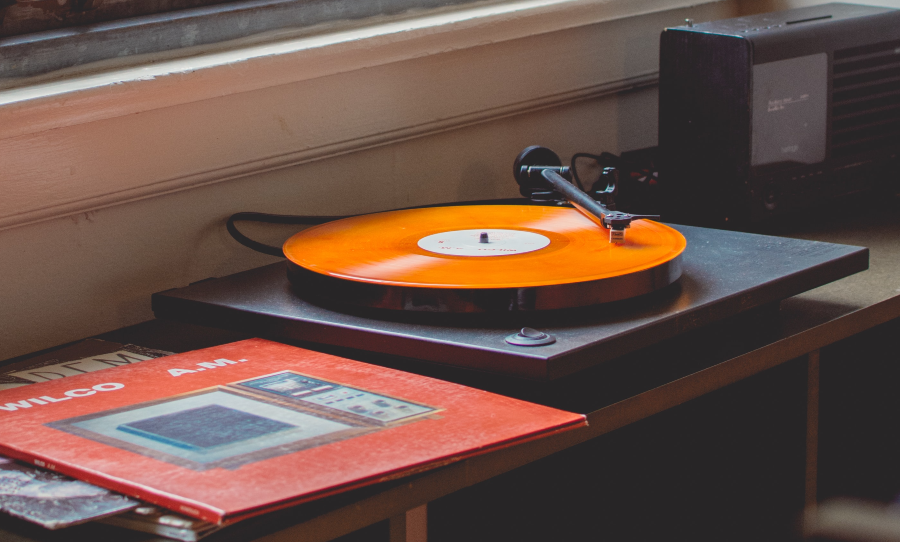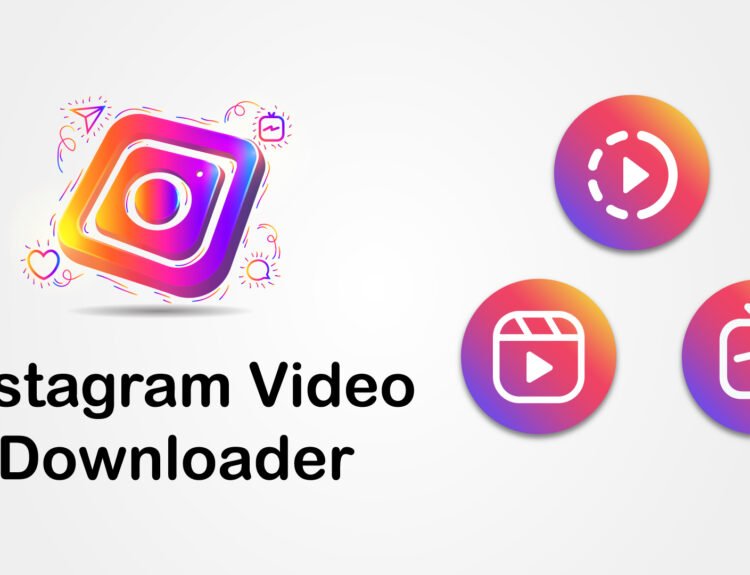In today’s digital music landscape, countless tools and platforms help artists, collectors, and enthusiasts keep track of music releases and history. One such revolutionary term that has gained traction recently is discog-define. While the word may sound like technical jargon, it’s a powerful concept that holds the potential to change the way we understand and manage music collections. In this article, we will dive deep into what discog-define means, its origins, applications, and why it’s becoming essential in the music world.
What is Discog-Define?
The term discog-define is derived from “discography” and “define,” essentially representing the act of categorizing, understanding, and organizing music releases in a systematic way. Unlike basic discography, which lists albums, singles, and EPs by an artist, discog-define takes it a step further by incorporating metadata, release variants, contributors, label history, and digital availability. In essence, it’s a more detailed and data-driven approach to understanding an artist’s body of work.

Why Discog-Define Matters
In a world where digital music is distributed across numerous platforms—Spotify, Apple Music, Bandcamp, and even NFTs—traditional discographies often fall short. Discog-define bridges the gap between traditional record-keeping and modern, data-rich formats. It allows collectors to verify editions, DJs to find original pressings, and fans to explore deep cuts and rare remixes.
More importantly, it brings structure to the chaos. With thousands of versions of some tracks released worldwide, discog-define helps establish clarity in a confusing market.
The Rise of Metadata in Music
Metadata plays a crucial role in the discog-define ecosystem. Artists, producers, and record labels now depend on detailed metadata to ensure their work is correctly attributed and monetized. This includes:
- Track length
- Release year
- Format type (vinyl, cassette, digital)
- Country of origin
- Label catalog number
By integrating this metadata into the discog-define framework, users can build accurate, comprehensive libraries that reflect the true scope of an artist’s contributions.
Discog-Define in Action: Use Cases
Let’s explore some real-world examples where discog-define has made a significant impact:
- Record Collectors: Vintage record hunters use discog-define tools to verify rare pressings and avoid counterfeit editions.
- Music Historians: Researchers depend on the in-depth structure of discog-define to trace genre evolution and artist collaborations.
- Streaming Services: Platforms like Tidal and Deezer incorporate discog-define principles to categorize artist catalogs properly.
- Independent Artists: Indie musicians can now build more reliable catalogs, boosting their discoverability through structured data.
Discog-Define vs. Traditional Discography
A traditional discography may tell you that Daft Punk released “Discovery” in 2001. A discog-define entry, on the other hand, will list:
- All regional variants of the release
- Differences in cover art
- Pressing plant information
- Digital remasters
- Collaborative credits
This level of detail allows fans and professionals to appreciate the depth and complexity of a musical release.
The Role of Technology in Discog-Define
Advancements in AI, machine learning, and blockchain are also influencing discog-define methodologies. AI tools can now scan audio files and compare them against known recordings to identify versions. Blockchain is used to verify authenticity and create permanent, tamper-proof music records.
Projects like Audius and Catalog are implementing discog-define concepts to empower creators and protect intellectual property. These technologies ensure artists receive proper credit and royalties while fans receive accurate, high-quality information.
Community Contributions and Open Source Platforms
One of the major strengths of the discog-define approach is community involvement. Much like Wikipedia, users contribute and refine entries in open-source databases like Discogs, MusicBrainz, and Rate Your Music. These platforms thrive on shared knowledge and crowdsourced updates, making discog-define a living, evolving concept.
This collaborative model ensures accuracy and inclusivity, allowing genres from underground punk to global K-pop to be equally represented.
Educational Applications of Discog-Define
Universities and music academies have begun incorporating discog-define into their curriculums. Students studying ethnomusicology, audio engineering, or music business use these tools to understand the broader context of music releases. By learning how to use discog-define, they gain skills in archival research, digital cataloging, and historical analysis.
This educational shift is helping build a new generation of music professionals who understand the importance of precise music data.
Future of Discog-Define
As the music industry continues to digitize, discog-define will only grow in relevance. Future enhancements might include:
- VR-compatible discography navigation
- AI-assisted catalog curation
- Integration with digital art platforms for album visuals
- Seamless connections to royalty tracking systems
In essence, discog-define is paving the way for a smarter, more connected music ecosystem.
Conclusion: Why You Should Care About Discog-Define
Whether you’re a passionate fan, an aspiring artist, or a seasoned producer, understanding discog-define is becoming increasingly vital. It empowers you to:
- Track music history accurately
- Build and maintain precise music libraries
- Discover rare or forgotten tracks
- Ensure proper artist recognition
The next time you listen to a track or explore a new album, think beyond the sound—explore the structure, the details, and the journey behind the release. That’s the power of discog-define.
Would you like a quick visual chart or breakdown of how discog-define compares to traditional discographies?




